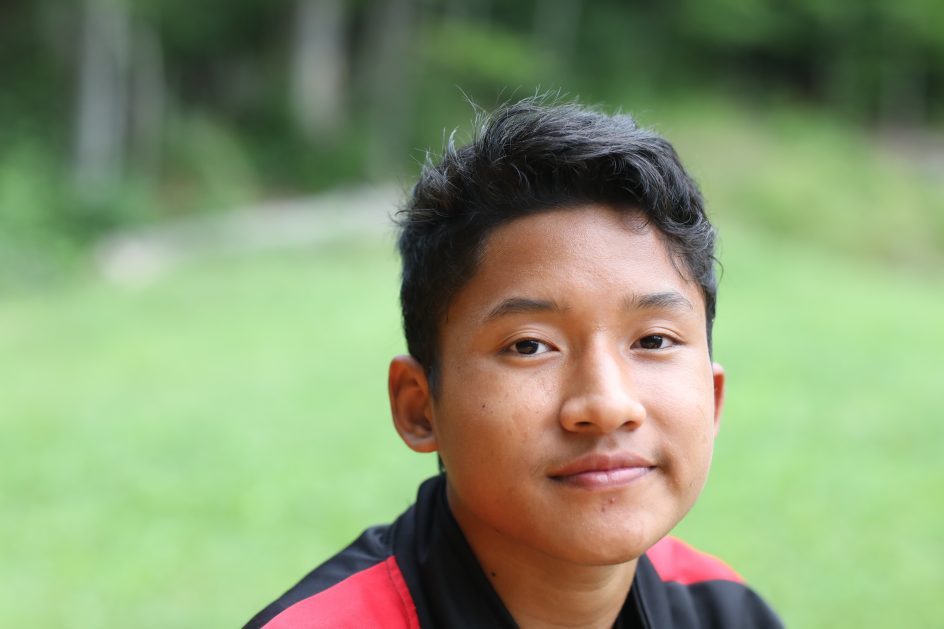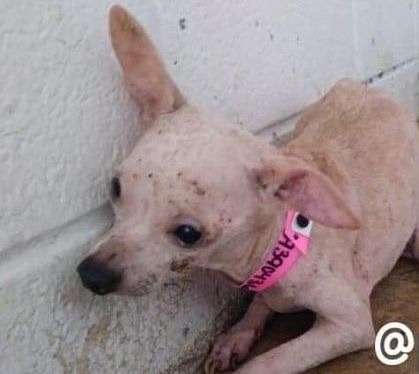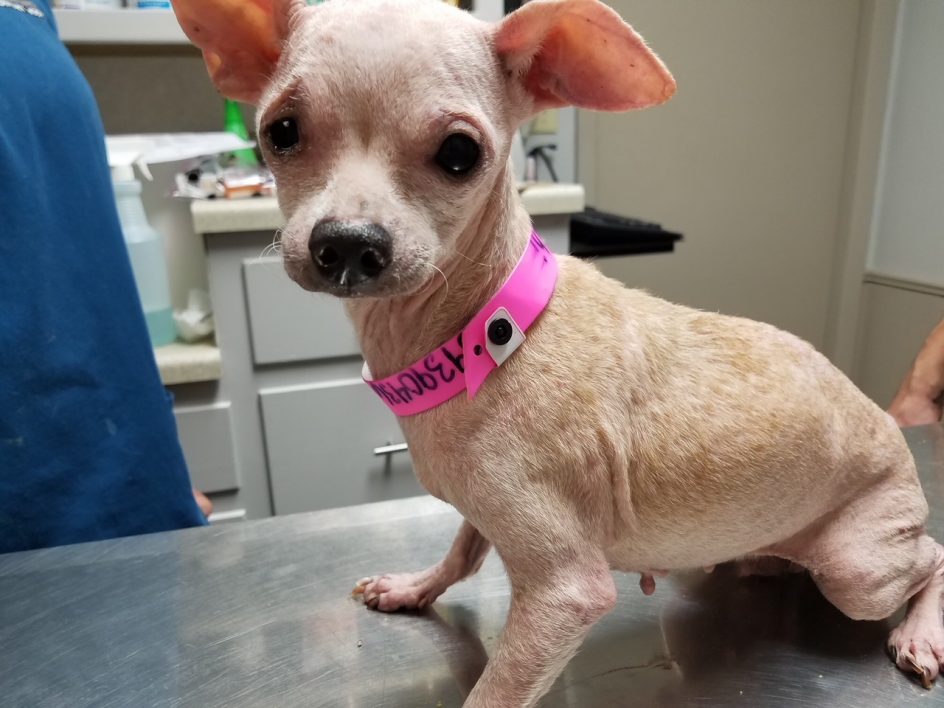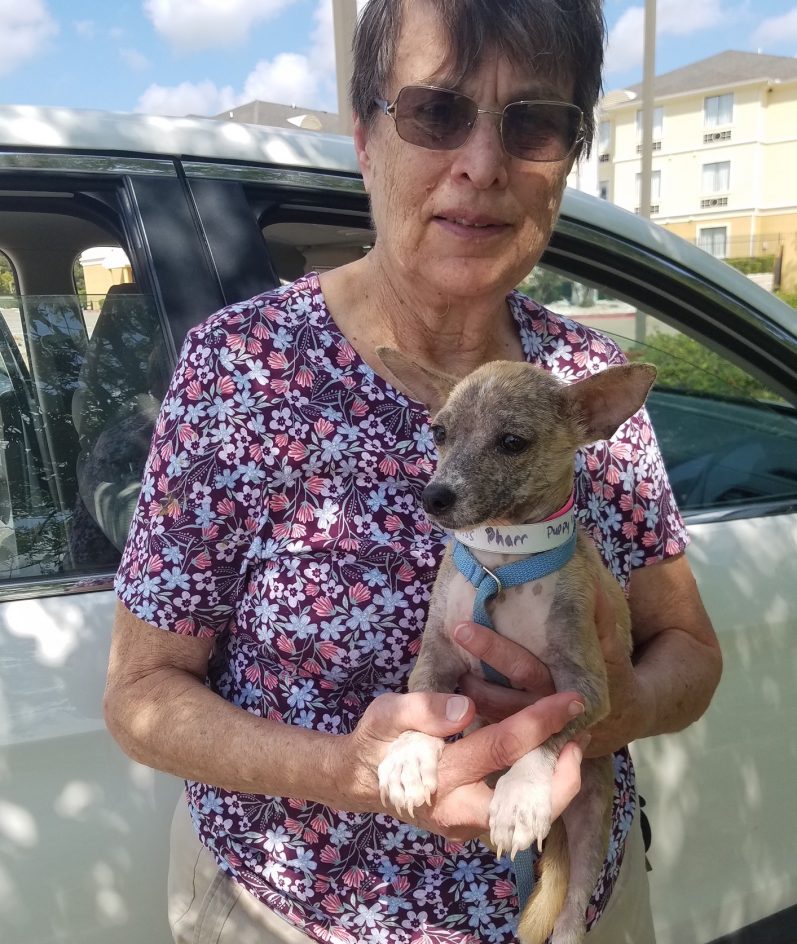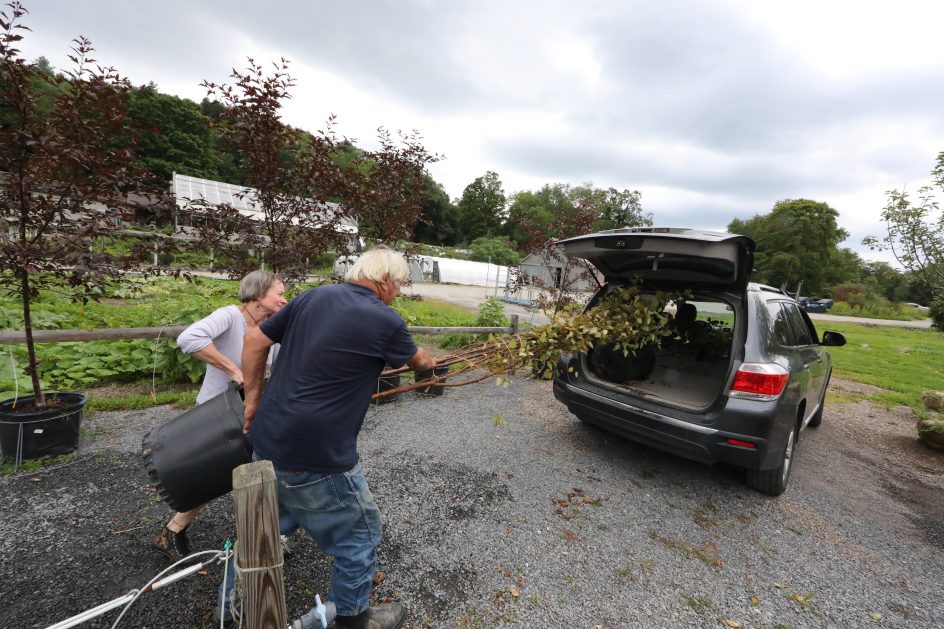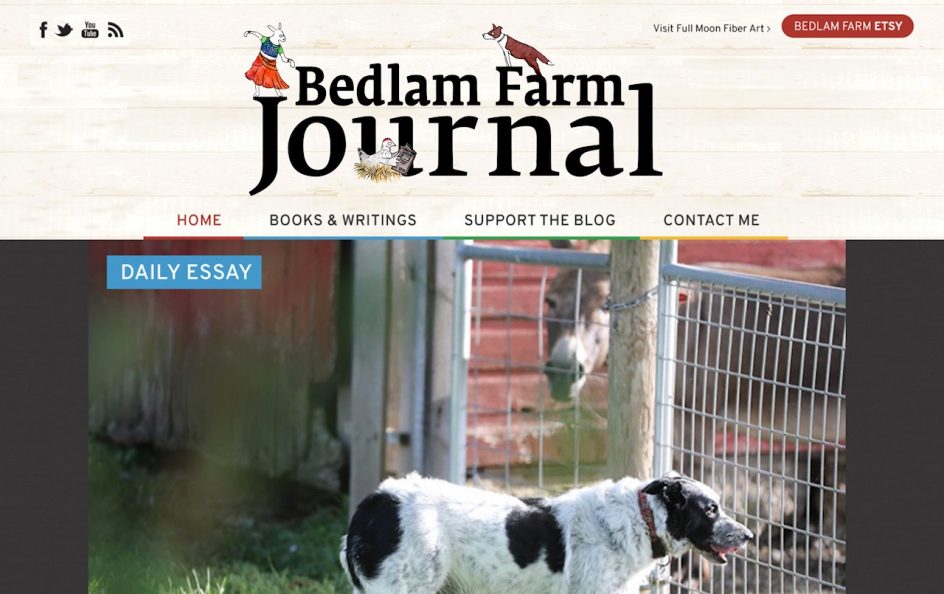
Of all the many sub-cultures in the vast and diverse pet and animal world, none has interested me more or for a longer time than the dog and animal rescue world, a culture that did not exist a mere generation ago, and that now spans the world, involves tens of thousands of people (no one knows exactly how man) all over the country and much of the world.
Once, and not too long ago, dogs lived outside of the emotional world of people, sleeping in basements and garages, eating table scraps, running loose to break open garbage cans, assault mailmen and milkmen, they pooped where ever they wished, and have sex at will.
They did not have human names or sleep in human beds or go see human style doctors and specialists.
It is different today. Dogs no longer really protect us or help us gather food, their new work is the emotional support of human beings, increasingly disconnected from one another, and mired in conflict and disenchantment.
Dogs are our candles, they comfort us, light up our lives, love us without reservation or much hard work. The rise of the Internet brought with it the rise of rescue movement, many thousands of people, almost all women, who rescue dogs, heal and comfort dogs, foster them, and work to find them homes could now speak to one another instantly, and all over the country.
I confess that I have a love/ hate relationship with this movement, perhaps because I am such an ingrained part of it.
People are always lecturing me about the good works of the movement, they do not know or care that I have rescued scores of animals – sheep, cows, horses, chickens, barn cats, dogs, donkeys and even some Brown Swiss Steers.
Rescue people are not always good listeners. Some need to declare themselves. I was recently driving behind a car that had this bumper sticker: “Rescue Dog On Board, Caution!” I wondered what the real point of this bumper sticker was. That it is okay to plow into a car with plain old dogs, but not with “rescue” dogs?” Was the driver worried about the safety of the dogs, or tooting her own noble horn?
I know what it means to rescue an animal – Bud, is another one, coming here in October – I know how good it makes me feel when I rescue a dog, I know what an emotional experience it is. I will never refer to him as a rescue dog, he might just pick up the undertone of pity that goes with the term.
I am working with a very good and inspiring rescue to help the saddest of the saddest, the homeless heartworm dogs of the South. It’s called the Friends OF Homeless Animals (FOHA/RI), and that is a good and healthy turn for me, it opens me up. I admire them. It’s about time for me.
Rescuing a dog makes me feel good, it is quite selfish, but I do not ever think it makes me superior to someone who buys a dog, or gets one in a different way, or simply “adopts” one, as people used to say. One of my squawks with the movement is that it often seems to nourish a sense of righteousness and grievance.
Do dogs need to be called “rescues?” Do they care? Does it give them better lives? Can we really love dogs if we dislike people?
We can forget sometimes that American dogs are the most fortunate animals on the earth, the most loved, the most spoiled, the safest and the most protected and confined.
For all the good work they do, I wish some of the rescue-spawned ideas were better thought out. There are millions of dogs now living in shelters, many seriously ill or with no real hope of adoption. This generosity is accorded very few human beings in this world. Should we never euthanize dogs for any reason, and at any cost, in a country with so many vulnerable people?
And is it really true that the poor and the elderly and people who work or can’t afford tall fences should be denied the right to own an love a needy dog?
I wrote about rescue earlier today, and one rescue worker posted this message on my Facebook Page:
“Our rescue takes in quite a few dogs with serious issues. This girl is Amelia (a photo of a chihuahua). I pulled her from the shelter near Detroit in May. She is still recovering in foster care and she is the sweetest thing. That’s what rescue is really about. Finding those who would otherwise be left behind and giving a new life.”
This is true. But I wish the sender wrote something about her self as well as the good work she does.
She was right, this is what rescue is about, but it is not all that rescue is about.
it’s about people as much as dogs. This is just why I do it and have been drawn to it for years, even as it often makes me uncomfortable to save and cosset animals in a world where so many people suffer from hunger and deprivation.
But for me, as a writer, rescue is about much more than saving needy and vulnerable dogs. It is not just what dogs need, it is also about what people need. That is the fascinating and unexplored part of it. The rescue movement (I even wrote a book about it called The New Work Of Dogs) makes perfect sense once you study the time frame of its rise, as I have done many times over.
Our passion for dogs began to rise in the 60’s, when TV and highways and a loss of religious conviction and a disenchantment with politics and technology began to erode our sense of well-being and community. More and more we have turned to dogs, to loving them, needing them, saving them, to heal our own wounds and loneliness.
After the Internet, the movement just took off, everyone in it could now talk to everyone else in it. A community, of kind of nation, a blood tribe, was formed.
For me, the real story for me and for many others – I have so many friends in this movement – is not what the dogs need but what people need. Dogs are a mirror of us, and no movement mirrors our fragmented world as much as the rescue movement.
I can’t generalize too much about it, it is composed of so many different and diverse parts.
But the parts I always want to explore are our own motives and self-awareness.
Why are we do drawn to rescuing animals and finding homes for them when hundreds of thousands of our fellow humans live on the streets. Why do we need dogs to support our emotional lives rather than people?
The rescue movement can sometimes spawn a rigid kind of self-righteousness, a sense of moral superiority, quite evident in so many of the messages I receive, especially when I question it.
This is a disconnect for me. Dogs make me humble, not arrogant or certain, never superior.
They always reveal my many flaws, and challenge me to be a better person. I don’t like to wave the rescue thing like a flag, tnat is the opposite of humble, even if it is good.
Why do we spent billions of dollars feeding them elaborate and mostly unnecessary foods when millions of children don’t have enough to eat?
I don’t have the answers to these questions, but I think they are important questions. They force us to reveal ourselves.
When I decided to adopt Bud, I went off into a corner of the room and sat in solitude, and asked myself: why do I want this dog? What is this doing for me? What it is that I need? I love the dog, but not always me.
The dogs can’t ask these questions, there is no need. They love who feeds and shelters and loves them. But I need to know. When people thank me for rescuing a dog, an odd thing for me, it never makes me feel especially good about myself.
Instead, it makes me take a look at myself, and my deepening search for spirituality.
If I know what I need, then I know what he might need.
We love to look at them, we resist looking at ourselves.
Yet you can’t possibly understand the one without knowing the other, that is what our relationship with dogs is really all about. Any good dog trainer will look you squarely in the eye and say this is not about them, it’s about you. It is always about us.
I think all people yearn for a blessing. I see the one thing I share with all of the rescue people in the world is a hard truth fo me. I share a common sense of brokenness.
I have learned to own this rather than deny it or run from it. When I stop hiding and say “yes” to it, then I can face my own brokenness and that of others with open eyes.
That’s good news for Bud.

